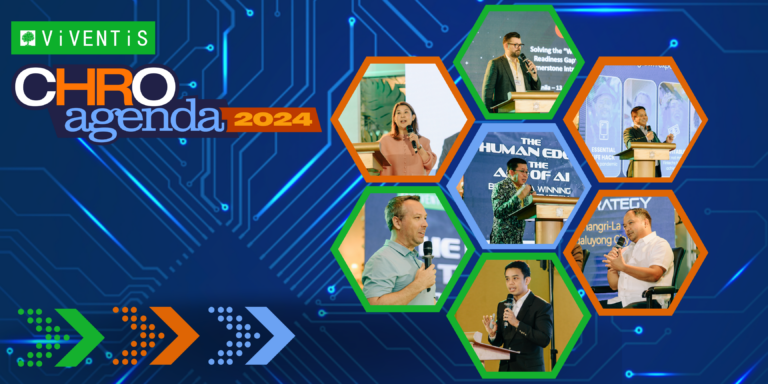While most predictions on the future of work have been accurate, it has also been accelerated. Remote working, dependence on automation and technology, flexible working hours, and use of contingent workforce are only a few of the predictions that had become a reality sooner than expected.

While the accelerated development in the new world of work unlocked unlimited possibilities and opportunities, it has also strongly disrupted the organization’s most important arm- the workforce.
The workforce disruption caused the emergence of what is known to many as the great attrition or mass resignation which forces leaders and HR to rethink, refocus and prioritize their employees’ wellbeing. How can organizations promote both wellbeings in the workplace and at the same time retain an agile workforce? Here are a few tips:
Prioritize check-ins over check-ups
“Checking in is resisting the urge to talk about performance first”.
– Rukhsana Pervez during the Leading the Shift from Survive to Thrive Webinar Series 3
Listening to employees has become more difficult given the remote setup. Trust and security are harder to build across computer screens. Doing regular check-ins, intentionally skipping check-ups on work gave employees an avenue to be heard, to be connected, and understood.
|
CHECK UPS |
CHECK-INS |
|
Asking whether they finished this task or that task |
Sharing information about what you are up to apart from work |
|
Constantly monitoring how people achieve their goals |
Asking questions like |
Source: https://hbr.org/2012/05/checking-in-versus-checking-up
“Checking in is really about collaboration; checking up is about suffocation”
– Teresa Amabile, Edsel Bryant Ford Professor of Business Administration at Harvard Business School
This also provides leaders the opportunity to be vulnerable and seen as humans who equally go through the same challenges. This has been proven to help mental wellbeing, hence improving team productivity.
Build a team for workforce transformation
Organizations need to go beyond surviving and take action on improving the way people work while maintaining company operations.
A team of transformational, creative, and intentional leaders, should be assigned as stone turners inside the organization – checking on people, meeting needs with reskilling, upskilling, tools, and wellness programs, initiating organizational change, making work better for people and people better at work.
“Create a small pocket of sustainability inside your organization. Maybe do that in one function first, or create a new and separate function to own this experiment.”
– Adrian Ole during the Leading the Shift from Survive to Thrive Webinar Series 2
Convey purpose across the organization
Due to the pressure and the increased workload of leaders and employees to keep up with change, it is easy to lose a sense of purpose and by this, we are referring to organizational and personal purpose.
Organizations need to double down on aligning their “WHY” with leaders, stakeholders, and the rest of the workforce. To get there, think about what the organization stands for, its purpose, values, ambition, and how everyone is an essential part of its fulfillment.
Leaders who understand the individual’s “WHY” and what motivates each employee proves an advantage in leading effectively over those who do not. Meeting personal purpose decreases the risk of turnover.
Change in organizational structure
The accelerated future of work caught organizations off guard. Traditional structure, systems, and ways of working leak here and there making the workforce groan in their attempt to stretch and bend just to achieve results. The case causes tension between the employees and employer, resulting in dissatisfaction and resignation.
If there is a mindset the pandemic has taught companies, it is to be a people-centric organization by putting the wellbeing of its people a priority.
Read here how Viventis transformed to be a talent-first company.
Promoting workplace wellbeing is both noble and profitable. Most especially, it is doable.
It is important to know that to be a thriving organization in the evolving world of work, investing in people comes with a price and a prize. A workforce that is agile, equipped, well taken care of is what will propel companies forward to the future of work.


